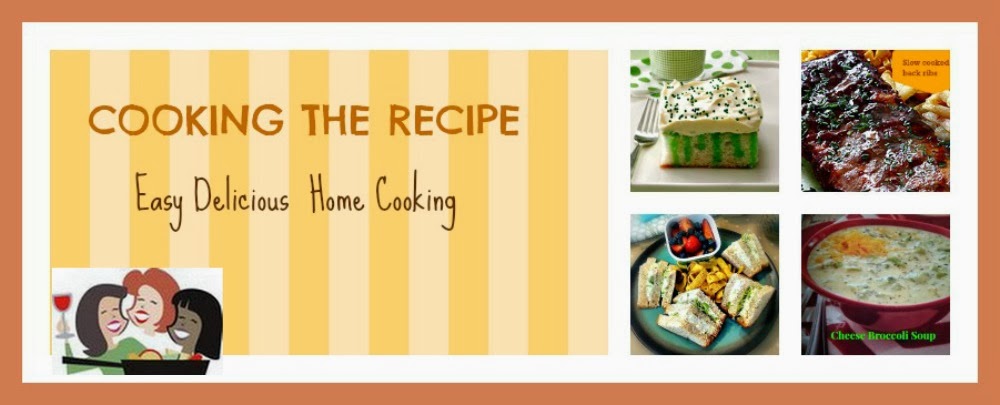
Huge Red Wine collection
Andre' Tchelistcheff, the famous California wine maker once said "God made Cabernet Sauvignon, but the devil made Pinot Noir"; what is Pinot Noir? It is a red wine whose characteristics can best be described as having a sensual, silky texture and a variety of seductive aromas which include: strawberry, cherry, black cherry, raspberry, violet, cinnamon, sassafras, mushrooms, truffles, rose petal, fresh earth and barnyard. (although not agreed upon by all, the barnyard aroma is meant to be a positive description which refers to fresh earth as found on a farm, but can also refer to bacterial spoilage called Brettanomyces).
Pinot Noir loves a cool climate where it can ripen slowly, but maintain vivacious acidity. Soils of chalk and limestone that drain well make the wines work hard to survive and thus produce great wine. It's health benefits are possible because, the grapes must work hard to protect themselves from disease and rotting in cool climate, and as a result produce more anti-oxidants; it has 4 times more resveratrol then other wines. This thin skinned berry is known as the "heartbreak grape" because of it's difficulty to grow and is unstable even when bottled. For this reason, you often pay more for Pinot Noir then most other red wines
In the 2004 movie Sideways, the character Miles, discusses with Maya, the virtues of Pinot Noir which he considers the antithesis of plummery Merlot that can lack acidity; because of this commercial boost it is now one of the fastest growing red wines in North America.
Among the oldest of grapes grown to make wine by ancient Romans, Pinot Noir now thrives in many regions such as Austria, and Germany (known as Spatburgunder in both regions), Niagara, Okanagan Valley, Italy (Pinot Hero), New Zealand, Switzerland (Dole) Oregon and California. Cooler regions such as Caneros, Russian River alley and Anderson Valley in the Sonoma Valley, Santa Maria alley (Santa Barbara Valley) and Monterey County. The most famous region is Burgundy, France and especially the Burgundian sub-region Cote d' Or (Slope of Gold), where famous names such as Domaine Romanee-Conti and Laflaive grace labels.
Pinot Noir pairs with a variety of beef, turkey, chicken, fish, pork dishes and more because it is flavorful but not heavy in alcohol, oak or tannin. The best matches include: prime ribs, roast beef, brisket, turkey, pork tenderloin, mushroom and truffle dishes. Also on the menu are: Cog au Vin (chicken cooked in red wine), Beef Bourguigonne (beef coked in red wine) grilled salmon, cassoulet, roasted and braised lamb, pheasant, duck, shark, swordfish and tuna with rosemary; eat, drink and be merry.









